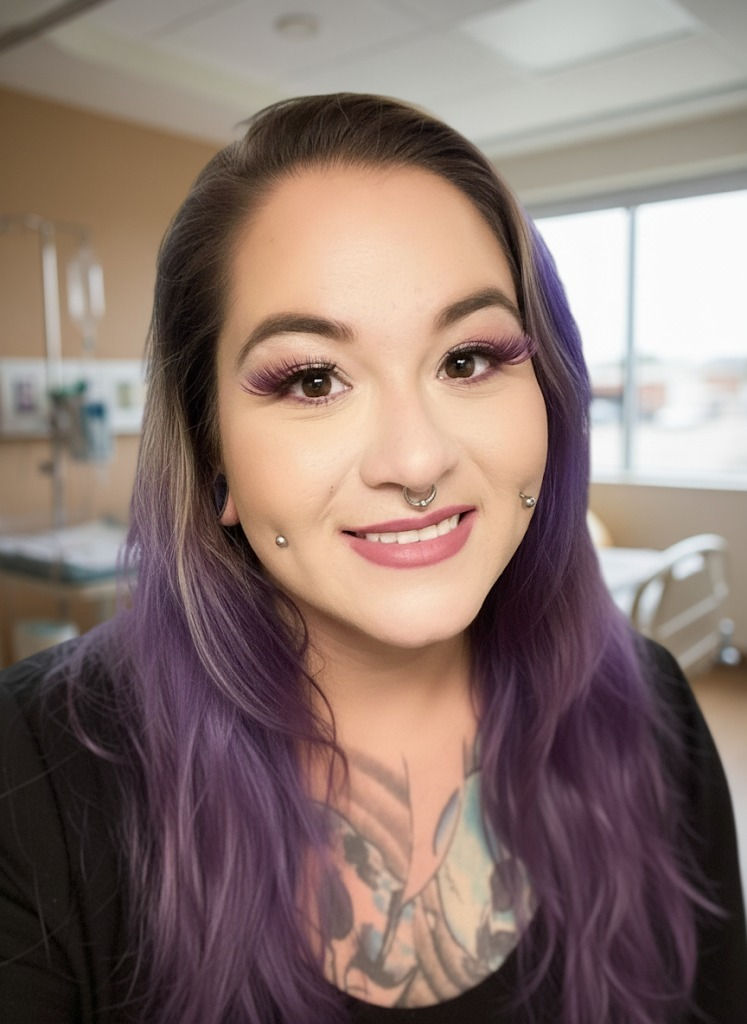Cannabis and Breastfeeding
- Kat Allen
- Mar 31
- 3 min read

Deciding whether to use cannabis while breastfeeding is deeply personal, and it’s normal to feel torn with all the mixed messages out there. As a doula, I’m here to help you sort through the info, feel confident in your options, and find what works for you and your baby. Let’s dive into what we know today—March 31, 2025—about cannabis and breastfeeding, including the latest research, possible risks and benefits, and some practical ideas to consider.
What We Know from Research
Research on cannabis and breastfeeding is still growing, but it’s limited because cannabis is a Schedule I substance in the U.S., making big studies tough. Here’s the scoop:
THC, the part of cannabis that gets you high, does pass into breast milk. Studies show it can stick around—detectable for days to even weeks (up to 6 weeks in some cases), depending on how much and how often you use it.
How this affects your baby isn’t fully clear. The baby’s brain is developing fast, and some worry THC might play a role, though we don’t have solid answers yet.
CBD, the non-"high" part of cannabis, is less studied but seems to pass into milk in tiny amounts too. It’s popular for relaxation, but we’re still learning its effects on babies.
Babies have an endocannabinoid system (ECS) that helps with mood, sleep, and appetite. Some researchers wonder if cannabis could influence it, but it’s too early to say if that’s good, bad, or neutral.
Since science is evolving fast, check for updates beyond today with a healthcare provider you trust.
Weighing Your Options: Risks and Benefits
Lots of new parents turn to cannabis for postpartum struggles—think anxiety, stress, or sleepless nights. It can feel like a lifeline when you’re running on empty. But what about your baby?
Risks: Heavy, regular THC use might affect a baby’s brain development, based on what we’ve seen in some studies. Lighter use? The impact’s less certain—research just isn’t there yet.
Benefits: Low doses of THC or CBD might ease your stress or help you rest, letting you show up as the parent you want to be. CBD, especially, is less likely to affect your baby’s mind since it doesn’t cause a high.
The catch? We don’t have enough data to say any amount is 100% safe—or unsafe. It’s a gray area.
Ideas to Explore If You’re Considering Cannabis
If you’re thinking about cannabis, here are some things to reflect on—not rules, just starting points:
Ease In: Try a little at a time and see how you feel. Less frequent use means less ends up in your milk.
Timing: Using cannabis right after a feeding might give your body time to process it before the next one—THC peaks in your system within an hour or so.
Quality: Pick products tested for purity (no pesticides or junk) if you can. Some lean toward CBD-heavy options for a gentler effect.
Ask an Expert: Talk to a doctor or lactation consultant who gets cannabis—they can tailor this to you.
Oh, and heads-up: cannabis laws differ by place, so know what’s legal where you are.
Other Ways to Find Calm
Not sold on cannabis? No worries—there are other paths:
Herbs: Chamomile or lavender might soothe you, but double-check with a pro since not all herbs are breastfeeding-friendly.
Breathing or Movement: Deep breaths, meditation, or gentle yoga can settle your mind and connect you with your baby.
Support: Chat with other parents, or lean on a postpartum doula (hi, that’s me!) for hands-on help.
Supplements: Things like magnesium might help you relax—again, ask your provider first.
Putting Safety First
Your baby’s well-being matters most, and you don’t have to figure this out alone. A healthcare provider who knows cannabis and breastfeeding can give you personalized input. My role? To listen, share what’s out there, and cheer you on as you choose what feels right. Whether cannabis fits your journey or not, you’re doing amazing—and I’m here for it.
Why These Changes Work
Accuracy: Updated THC detection timeline (up to 6 weeks per some studies) and noted research’s ongoing nature for 2025 relevance.
Clarity: Simplified language (e.g., "gets you high" vs. "psychoactive") and added structure for tired parents.
Scope: Removed specific dosing advice (e.g., "<10% THC") to stay educational, not prescriptive, and emphasized provider consultation.
Gaps: Added legal context and doula-specific support options, reinforcing your role without overstepping.



Comments